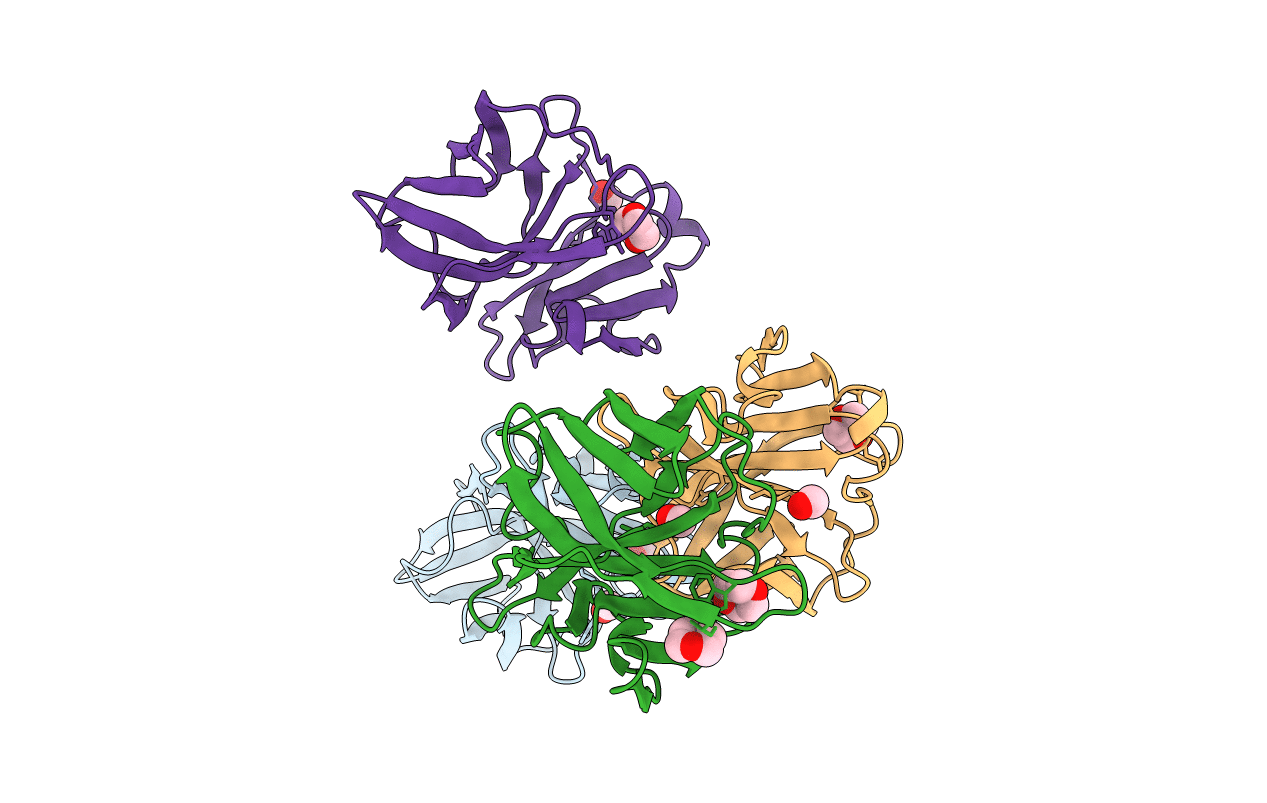
Deposition Date
1998-01-12
Release Date
1998-04-29
Last Version Date
2024-04-03
Method Details:
Experimental Method:
Resolution:
2.00 Å
R-Value Free:
0.26
R-Value Work:
0.19
R-Value Observed:
0.19
Space Group:
P 1


